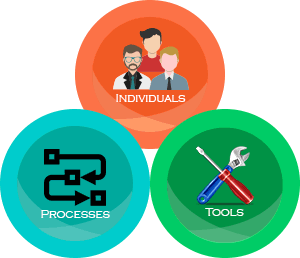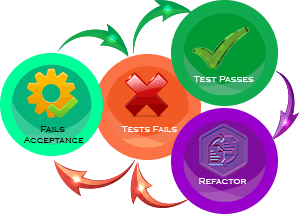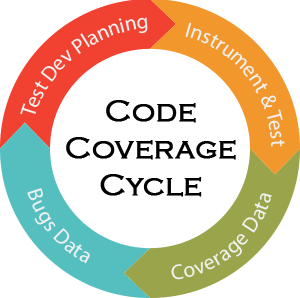
Development Team
This document describes how our developer team works at Agile Codex from the perspective of Agile principles. A developer team includes coder, designer, architect, graphic designer, and tester.
At Agile Codex, developers and customers collaborate closely via online project management tools. We follow the following processes and tools in our development projects:
Tools and Processes
We evaluate how our tools are helping us, and how they could work better for us. When things aren’t working quite right, we improve our ways of using the tools and occasionally change the tools as well.
Pair Programming
When used effectively, pair programming reduces the overall cost of development and maintenance.
At Agile Codex, we look at each coding and design task to determine if pairing is appropriate, many coding tasks are performed solo. When this happens, the code must pass code review before moving on to QA.
Test-Driven Development

Behavior-Driven Development
Doing everything of TDD, BDD emphasis on only those behaviors which contribute most directly to these business outcomes.
Code Review
Code Coverage
At the start of a project, the project team can choose what code coverage standard to enforce. There are many subtleties here: see series of essays and conference talks for a more in-depth discussion of using code coverage on projects.

Distributed Source Control
To support collective ownership, we use a concurrent model of version control. We support time travel by storing tools, libraries, documentation, and everything else related to the project in version control and keep the entire project in a single repository.
We avoid long-lived branches, particularly for customized versions; they’ll cripple your ability to deliver on a timely schedule. Instead, we use configuration files and build scripts to support multiple configurations.
We keep the project repository clean. All versions are built and passed with all tests.